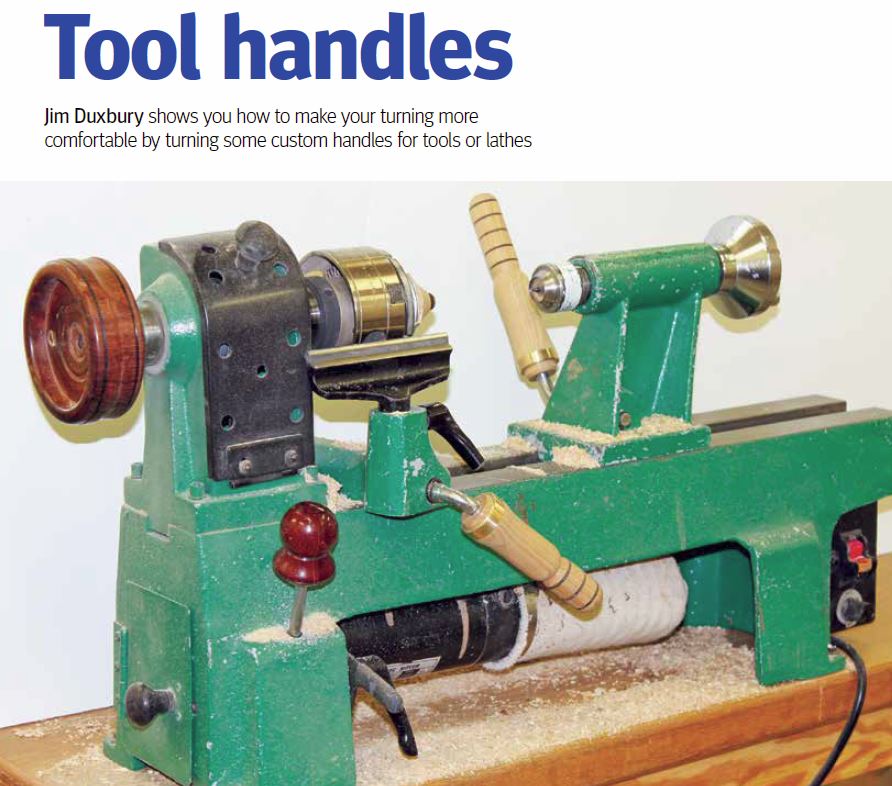Pen Assembly Press
Inventing does not mean that you wake up in the morning and say to yourself, “I think I will invent something really new and useful today. Something everyone will want. And best of all, I will sell it and instantly become a millionaire — or maybe even a multi-millionaire.” Good luck!
Usually ideas come to you while using a tool, a process, or a machine, which, for the moment, does not work in the way you would like. Or in the case of this pen press, I needed it right away and did not want to purchase another device that had only one specific function. This pen press can be adapted to your lathe and is a quick, low-cost solution. After making the first one, I really liked the function of a screw action press over the more popular lever action devices. I find the screw action provides a smoother, more controlled, pressing pressure. Adjustment for different size pen parts is quick (and easy as well). By just moving the tailstock in or out, many different size pieces can be pressed together in a matter of minutes.
Click below to download the full article in PDF format:

